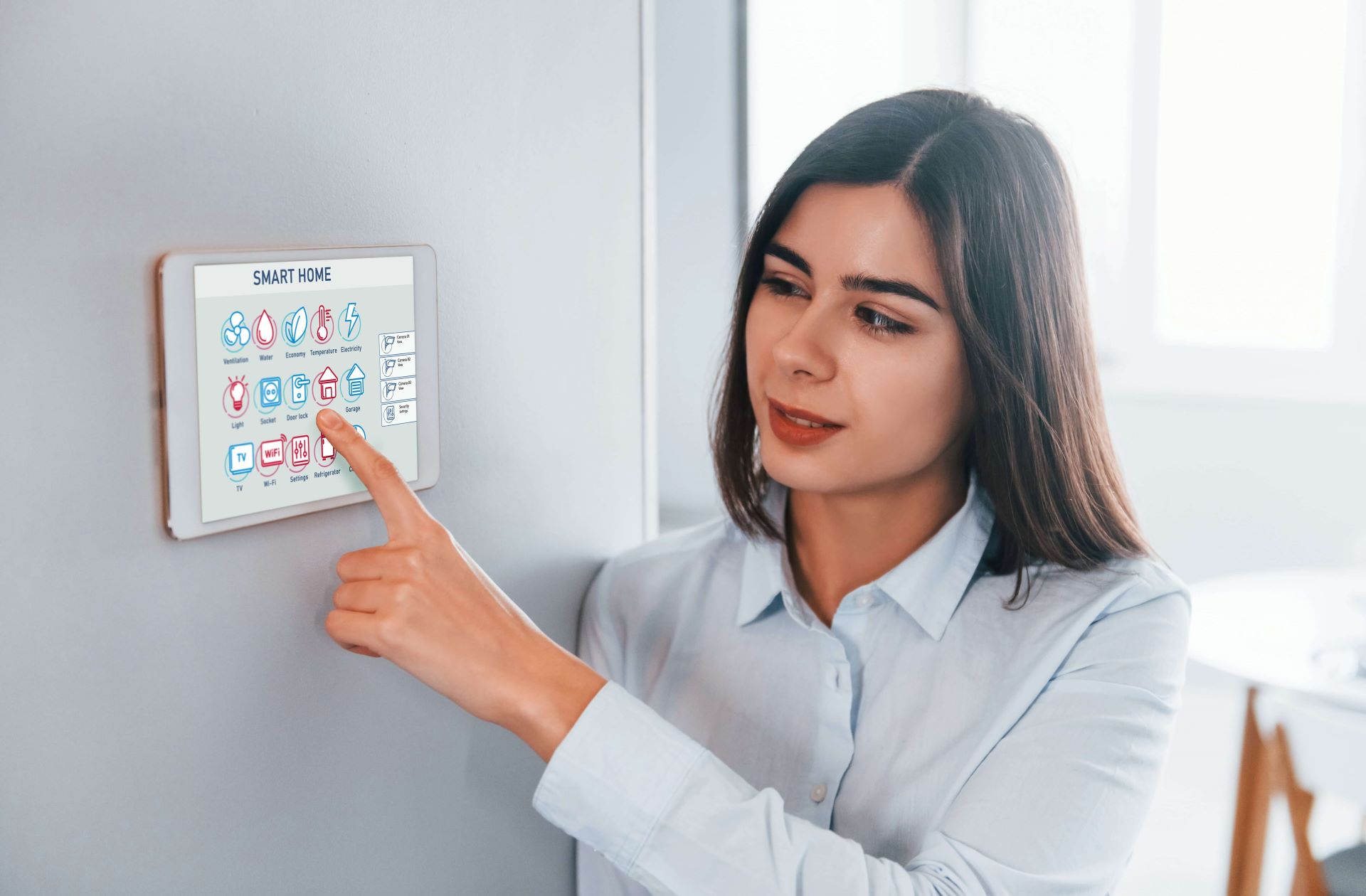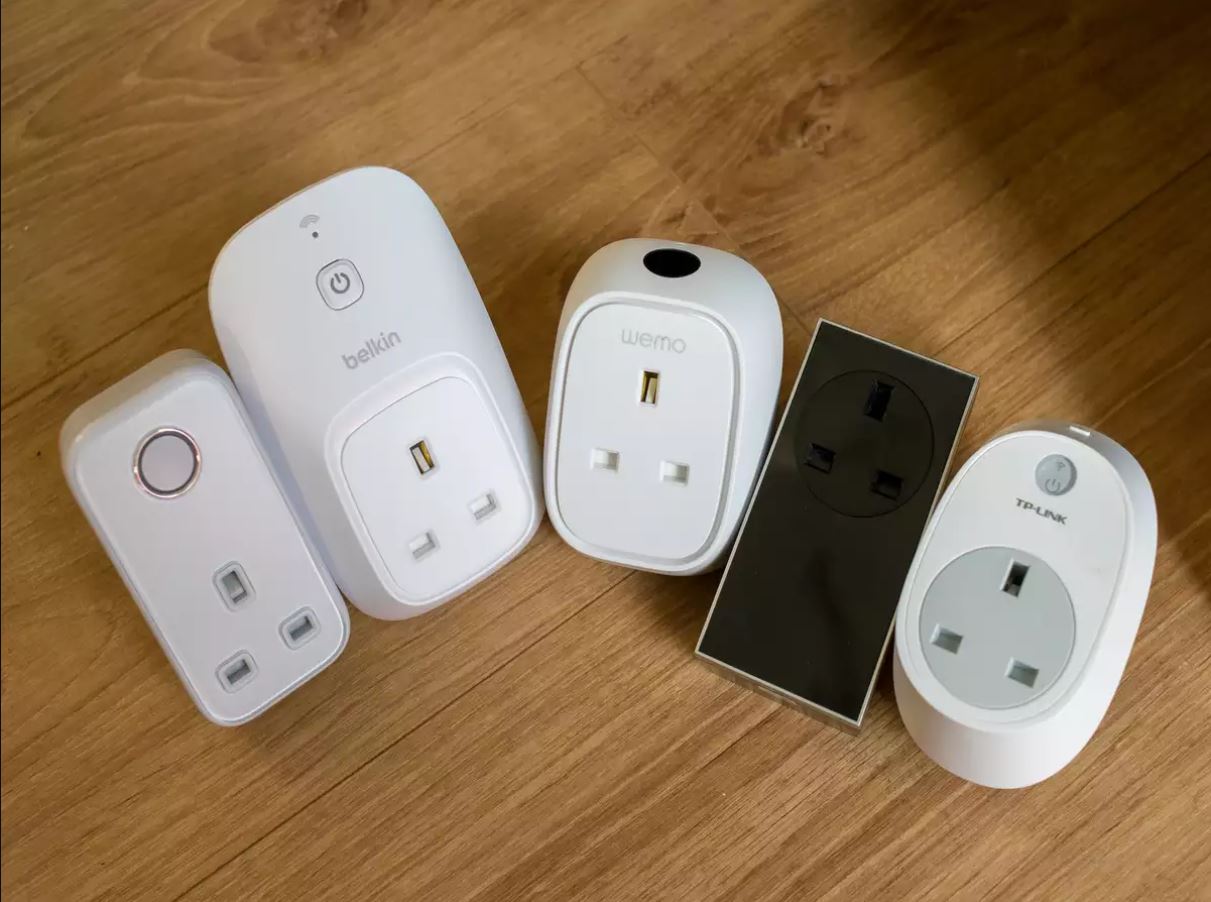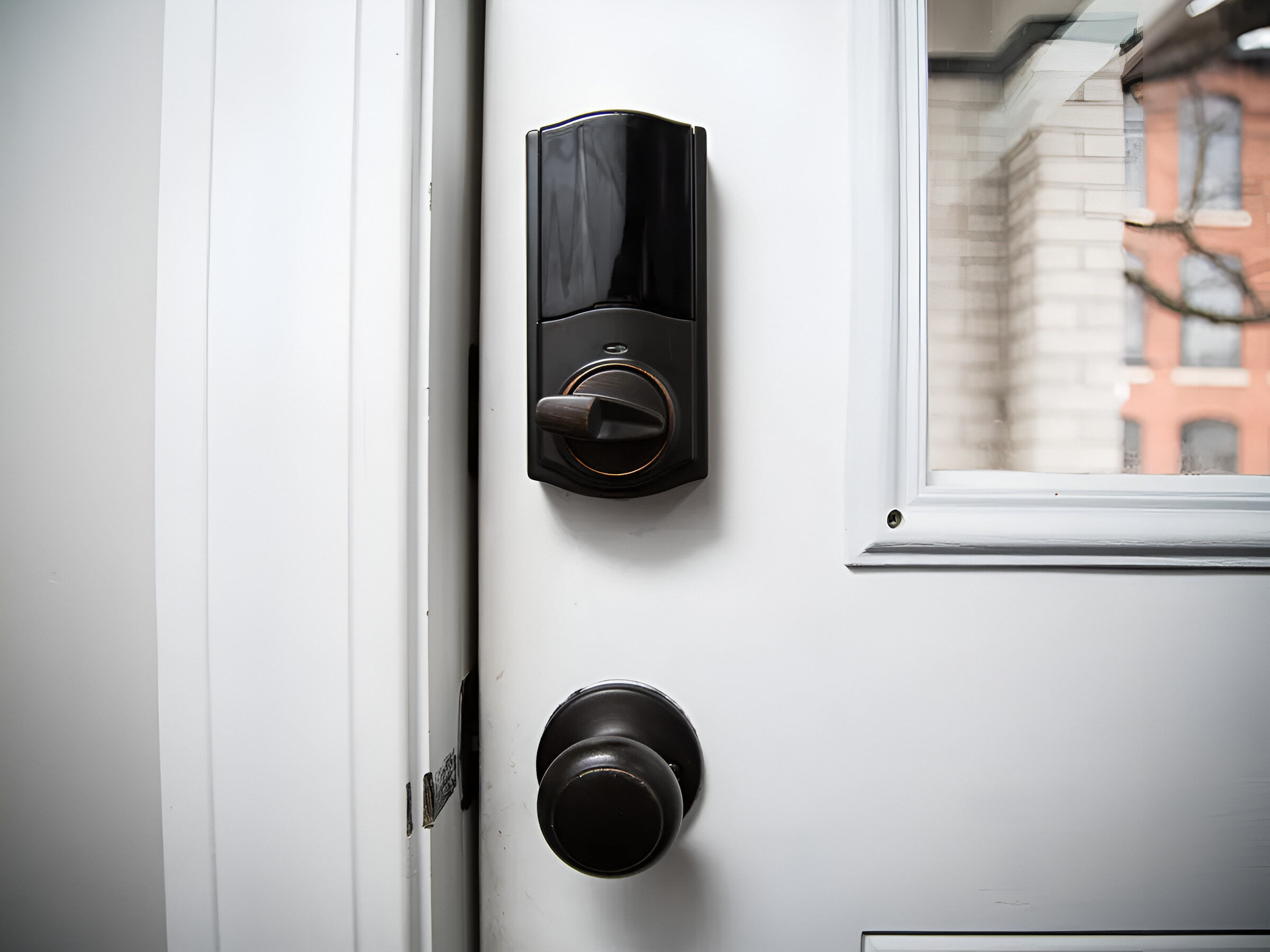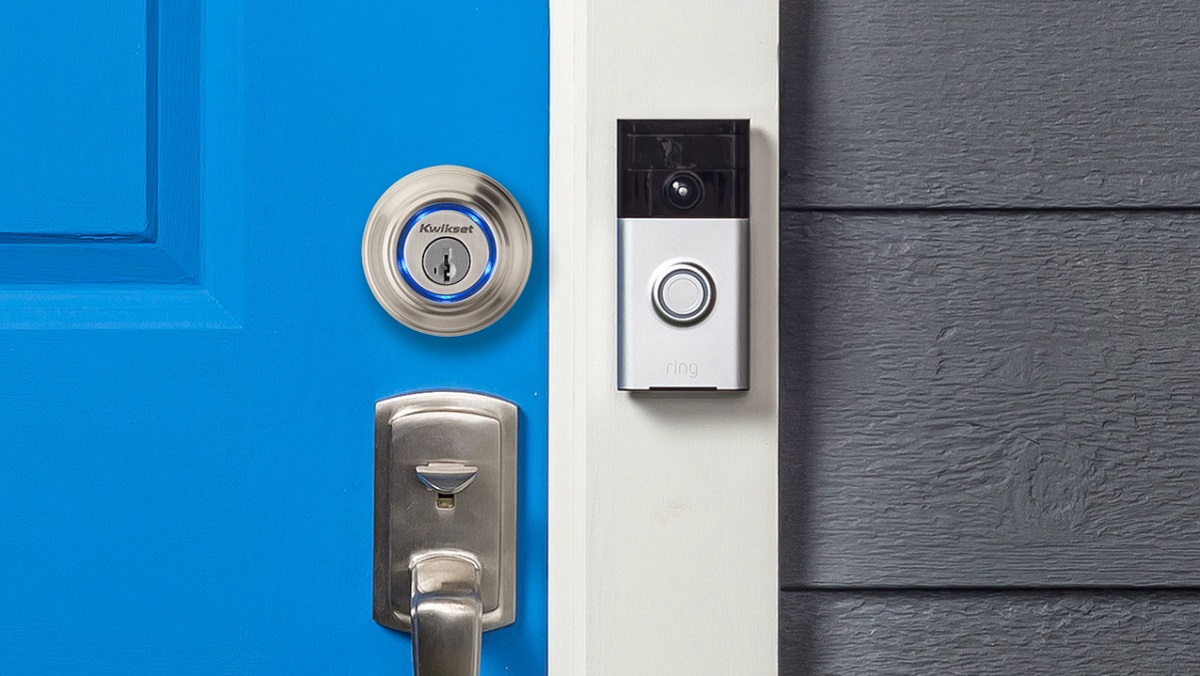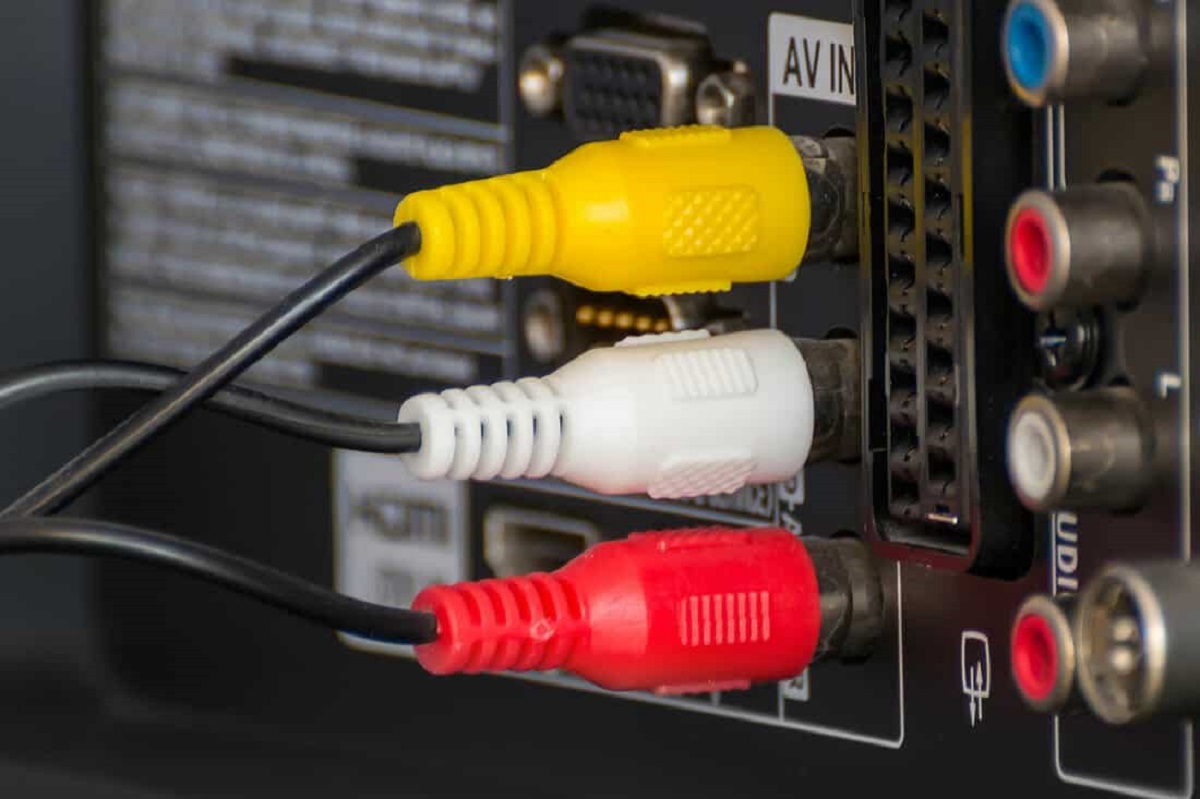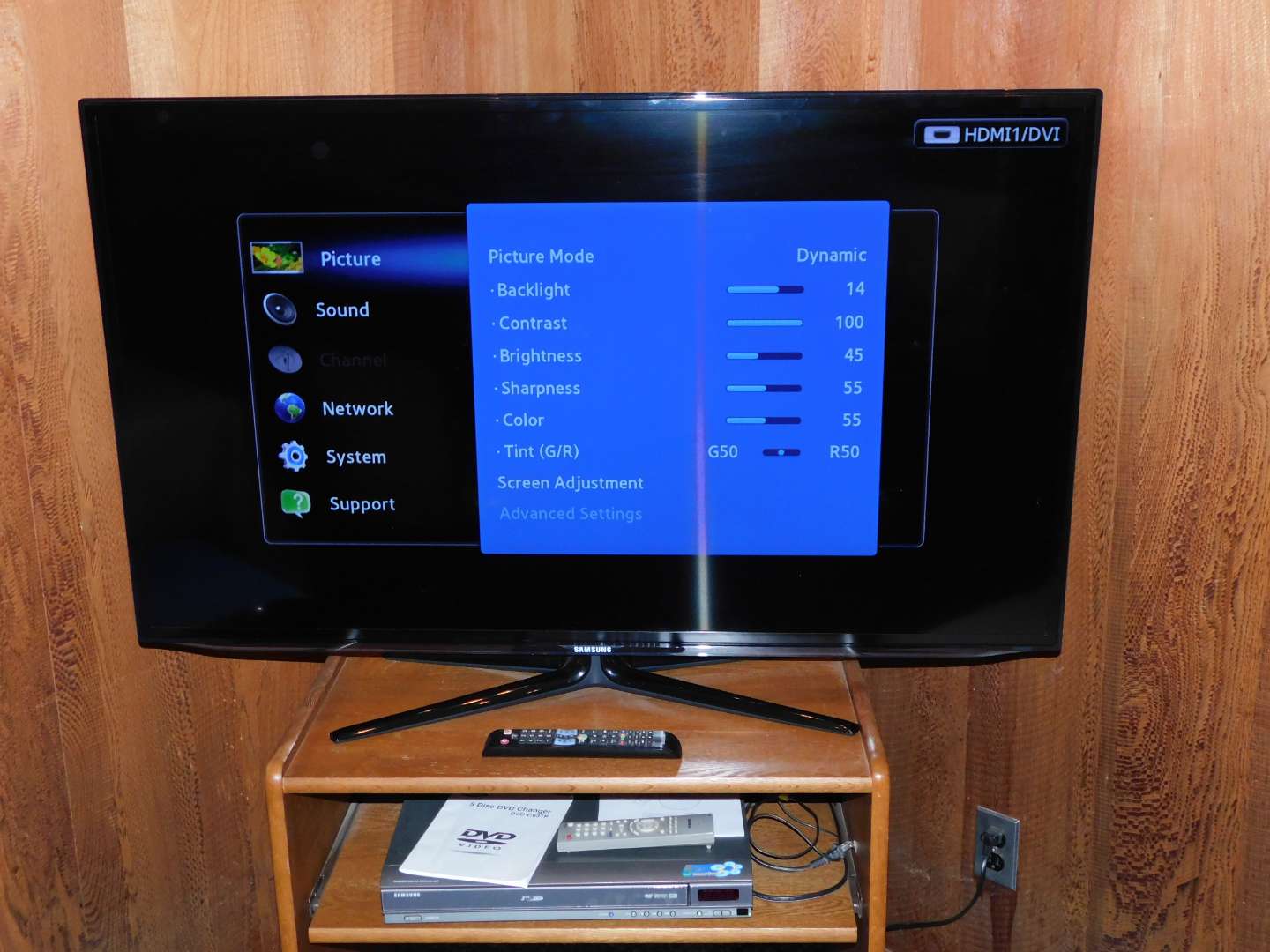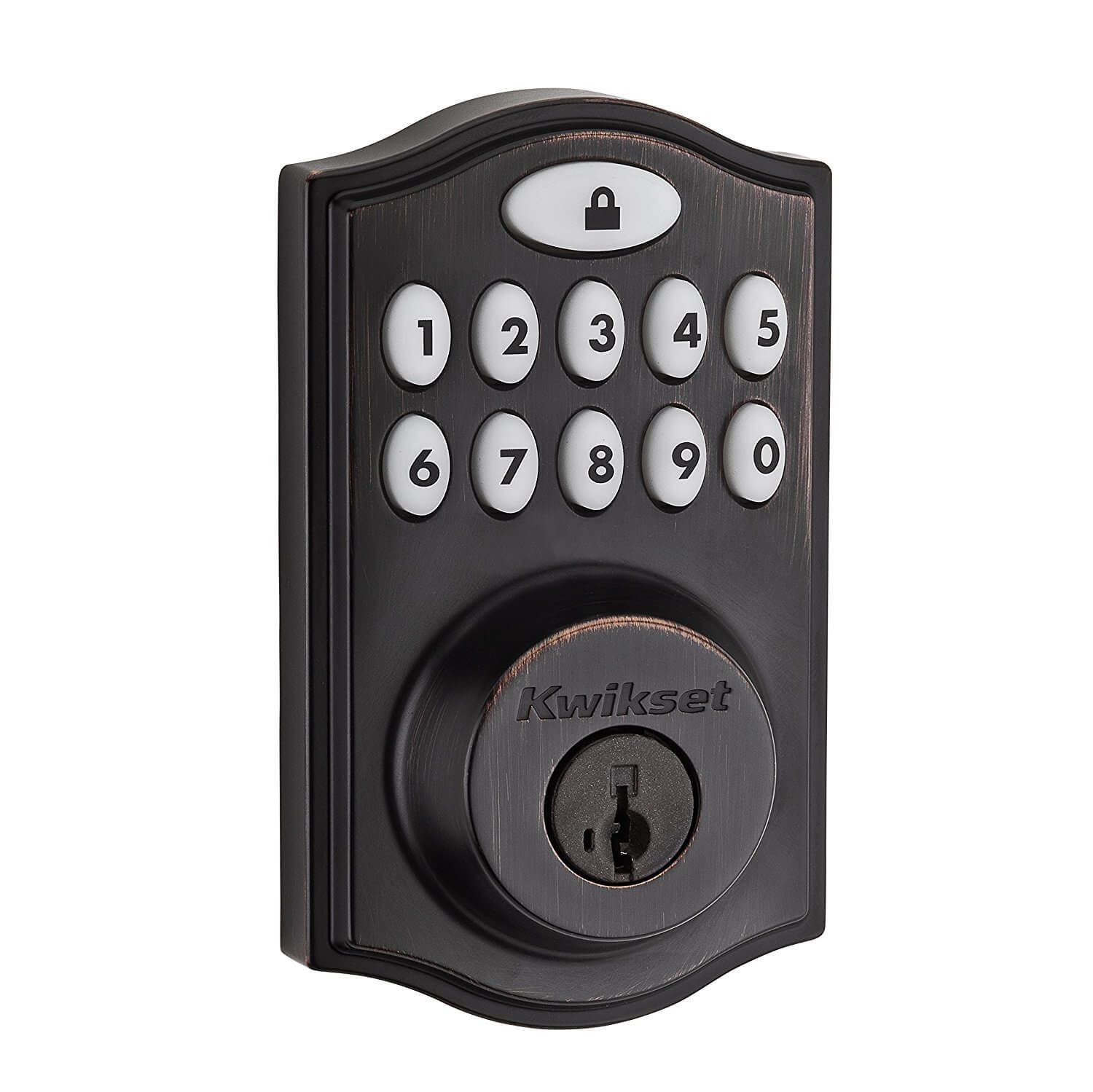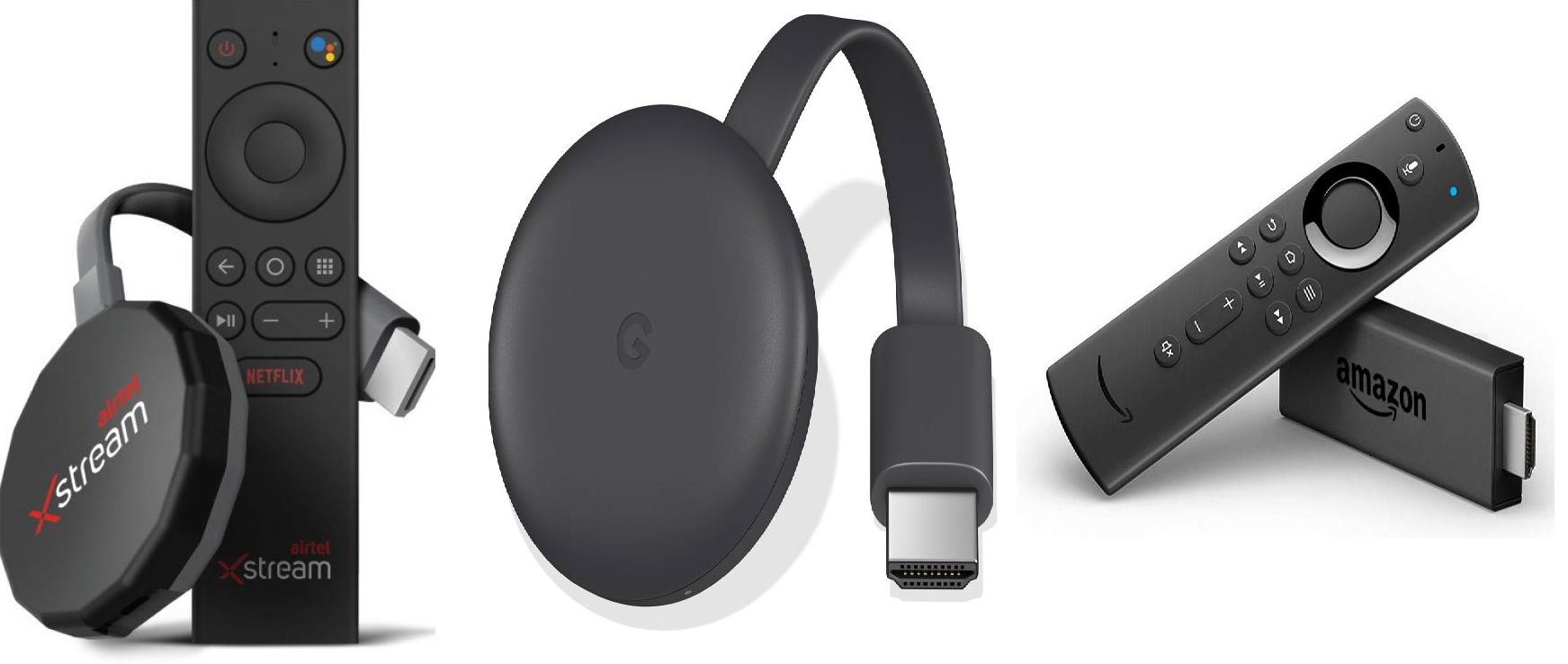Introduction
Welcome to the world of smart homes, where technology transforms your living space into an intelligent, connected environment. Gone are the days of manually operating every appliance and device in your home. With the advent of smart home technology, you can now control and automate various aspects of your household with just a few taps or voice commands.
Imagine adjusting the lighting, temperature, and security settings of your home from anywhere in the world. Picture your morning routine seamlessly orchestrated with your coffee machine brewing a fresh cup as you step out of bed and the blinds rising to let in the gentle morning light. This level of convenience, comfort, and efficiency can be achieved by converting your home into a smart home.
In this article, we will guide you through the process of transforming your home into a smart home. Whether you’re a tech-savvy enthusiast or just starting your journey into the world of smart devices, we’ve got you covered. From choosing the right hub to connecting your devices and ensuring privacy and security, we will walk you through each step.
Not only does converting your home to a smart home offer greater control and convenience, but it can also lead to energy savings and increased home security. With the ability to monitor and optimize energy usage, you can reduce your carbon footprint and lower your utility bills. Smart home security systems provide enhanced safety through features like motion detection, remote monitoring, and real-time alerts.
Additionally, a smart home provides the foundation for a more connected and integrated lifestyle. You can sync your devices, create custom automation routines, and enjoy seamless control through voice assistants like Alexa or Google Assistant.
So, whether you’re looking to simplify your daily routines, save energy, or enhance your home’s security, converting your home to a smart home is a step towards a more advanced and convenient living experience. Let’s dive into the process and start building your smart home!
Step 1: Determine your needs and budget
The first step in converting your home to a smart home is to determine your needs and set a budget. Assessing your requirements and financial constraints will help you make informed decisions throughout the process.
Start by identifying the areas of your home that you want to automate. This could include lighting, thermostats, security systems, entertainment systems, or even kitchen appliances. Consider the tasks you want to simplify or streamline and envision how a smart home can enhance your lifestyle.
Next, establish a budget. Smart home technology comes in a wide range of prices, so it’s essential to determine how much you’re willing to invest. Consider the long-term benefits and potential energy savings when setting your budget. Keep in mind that you can start small and gradually expand your smart home system over time.
Research different smart home devices and their associated costs. Compare prices, features, and user reviews to find the best options within your budget. Don’t forget to factor in any additional expenses such as professional installation fees or subscription fees for certain services.
It’s also crucial to consider the compatibility of smart devices with each other. Some devices may require a specific smart home hub or platform to work together harmoniously. Make sure to choose devices that are compatible with your chosen smart home hub or platform to avoid any compatibility issues down the line.
Once you have a clear understanding of your needs and budget, you can proceed to the next step, which involves selecting the right smart home hub or platform for your setup. This hub will act as the central control system for all your smart devices, allowing you to manage them from a single interface.
Remember, determining your needs and budget is the foundation of your smart home journey. Taking the time to plan and set realistic expectations will ensure a smooth and successful conversion process.
Step 2: Choose a smart home hub
After establishing your needs and budget, the next step in converting your home to a smart home is to choose a smart home hub. The smart home hub acts as the central control unit that connects and coordinates all your smart devices.
There are several smart home hub options available in the market, each with its own features and compatibility. Choosing the right hub is fundamental to ensure seamless communication and integration between your smart devices.
One popular option is a voice-activated smart speaker with a built-in hub, such as Amazon Echo with Alexa or Google Nest Hub with Google Assistant. These devices not only serve as hubs but also offer voice control capabilities for your smart home. They allow you to control your devices by simply giving voice commands, adding an extra layer of convenience to your smart home experience.
Another option is a dedicated smart home hub, like Samsung SmartThings or Hubitat Elevation. These hubs offer broader compatibility with various smart devices, including lights, switches, thermostats, and security systems. They allow you to control and automate your devices through a dedicated app or a web interface.
Consider the following factors when choosing your smart home hub:
- Compatibility: Ensure that the hub supports the smart devices you plan to incorporate into your smart home system.
- User Interface: Evaluate the user interface of the hub’s control app or web interface. Is it intuitive and easy to navigate?
- Connectivity Options: Check if the hub supports wired and wireless connectivity options, such as Ethernet, Wi-Fi, and Bluetooth. This ensures flexibility in connecting your devices.
- Scalability: Consider whether the hub allows easy expansion of your smart home system as your needs evolve.
- Integration with Voice Assistants: If you plan to control your smart devices using voice commands, ensure that the hub is compatible with popular voice assistants like Alexa or Google Assistant.
Don’t rush the decision-making process when selecting a smart home hub. Take your time to research and read reviews to find a hub that fits your needs and aligns with your budget.
Once you’ve chosen your smart home hub, you can move forward to the next step, which involves connecting and integrating your smart devices with the hub.
Step 3: Connect your devices to the hub
With your smart home hub in place, it’s time to connect your smart devices to the hub and establish a seamless network of communication. This step involves linking your devices to the hub, ensuring they are recognized and can be controlled through the hub’s interface.
Before getting started, make sure to carefully read the instruction manuals provided with each smart device. They will guide you through the specific steps required to connect each device to the hub. Generally, the process involves the following:
- Put the smart device into pairing mode: Most smart devices have a specific process to initiate pairing. This may involve pressing a button or entering a set of commands.
- Open the hub’s control app or interface: Launch the app or access the web interface provided by your chosen hub.
- Search for nearby devices: Within the hub’s interface, there will be an option to scan for nearby devices ready for pairing.
- Select and connect the devices: Once the hub detects your devices, follow the on-screen instructions to establish the connection between the device and the hub.
- Configure device settings: After a successful connection, you may need to configure specific settings for each device within the hub’s interface. This could include naming the device, organizing it into rooms, or customizing its behavior.
It’s important to ensure that your devices and hub are compatible and communicate with each other smoothly. Some devices may require additional setup steps or specific firmware updates to work seamlessly with the hub.
During the device connection process, take note of how your devices interact with one another and explore any additional features or integrations offered by your smart home hub. For example, you may be able to create automation routines or set up custom scenes that trigger specific actions across multiple devices.
As you connect your devices, periodically test their functionality and verify if they respond to commands issued through the hub’s interface. This will help you identify any connection issues or compatibility problems early on.
Remember, each smart device may have its own unique connection process, so be patient and follow the manufacturer’s instructions. Take your time to properly connect and configure each device to ensure a smooth and reliable smart home system.
Once all your devices are connected to the hub, you can proceed to the next step, which involves setting up your smart home network to ensure optimal performance and connectivity.
Step 4: Set up your smart home network
Now that your devices are connected to the hub, it’s time to set up your smart home network to ensure smooth communication and optimal performance. A well-planned network will prevent connectivity issues and provide a reliable foundation for your smart home.
Here are some essential steps to consider when setting up your smart home network:
- Reliable Wi-Fi Coverage: Ensure that your Wi-Fi router covers all areas of your home where smart devices are installed. If there are dead spots or weak signals, consider investing in Wi-Fi range extenders or mesh systems to extend coverage.
- Separate Network for Smart Devices: Creating a separate network for your smart devices can help isolate them from your primary network and reduce the risk of security breaches. Many routers offer the option to set up a guest network or a specific network for IoT devices.
- Secure Your Network: Change the default usernames and passwords of your router and smart home devices to improve security. Ensure that your network is encrypted with WPA2 or WPA3 security protocols.
- Assign Static IP Addresses: Assign static IP addresses to your smart devices within your router’s settings. This ensures that the IP addresses of your devices remain consistent, making it easier to manage and troubleshoot the network.
- Organize Your Devices: Group your devices by rooms or areas within your hub’s control app or interface. This makes it more convenient to control and manage your devices, especially when creating automation routines.
- Consider Smart Home Hubs with Ethernet Ports: If possible, select a smart home hub that has Ethernet ports. Connecting your hub to the router via Ethernet can provide a more stable and reliable connection compared to wireless connectivity.
- Monitor Network Performance: Keep an eye on the performance of your smart home network using network monitoring tools or the router’s administration interface. This can help you identify and resolve any connectivity issues.
By following these steps, you can create a robust and secure network infrastructure for your smart home. A well-designed network will ensure that your devices communicate smoothly, respond promptly to commands, and provide a seamless smart home experience.
Once your smart home network is set up, you can move on to the next step, which involves customizing your smart home automation according to your preferences and routines.
Step 5: Customize your smart home automation
With your smart home network up and running, it’s time to unleash the full potential of your smart devices by customizing your smart home automation. This step involves creating personalized routines and automations that align with your lifestyle and preferences.
Here are some key considerations for customizing your smart home automation:
- Identify Routine Tasks: Take note of repetitive tasks or routines that can be automated to enhance convenience and efficiency. This could include turning on/off lights at specific times, adjusting thermostats based on your schedule, or setting up automatic door locks when you leave home.
- Create Automation Rules: Use the control app or interface provided by your smart home hub to create automation rules. These rules define the conditions and actions for each automation. For example, you can set the lights to turn on automatically when motion is detected in a room.
- Integrate Multiple Devices: Explore the integration capabilities of your smart home hub to connect multiple devices and create more complex automation routines. For instance, you can create a sequence where your smart speaker plays your favorite playlist, the lights dim, and the thermostat adjusts to your preferred temperature when you say a specific command.
- Consider External Factors: Take advantage of external factors like weather conditions or sunrise/sunset times when creating automation rules. For instance, you can automate your blinds to open gradually with the rising sun or adjust the thermostat based on the current outdoor temperature.
- Test and Refine: After setting up your automations, test them to ensure they work as expected. Fine-tune and make adjustments as needed to achieve the desired results. Regularly review and update your automations to reflect any changes to your routines or preferences.
Remember, the goal of smart home automation is to simplify your life and enhance your comfort. Customize your automations to align with your unique needs and preferences, and don’t be afraid to experiment with different combinations of devices and routines.
In addition to creating specific automation routines, you can also explore voice commands and voice assistants to control your smart devices. Many smart home hubs support popular voice assistants like Alexa or Google Assistant, allowing you to control your devices with simple voice commands.
By customizing your smart home automation, you can create a truly personalized and intelligent living environment that caters to your preferences and simplifies your daily routines.
Once you’ve customized your smart home automation, the final step is to ensure privacy and security, which we will explore in the next step.
Step 6: Ensure privacy and security
As you enjoy the conveniences of a smart home, it’s crucial to prioritize privacy and security to protect your personal information and maintain a safe environment. Implementing robust privacy and security measures will give you peace of mind while enjoying the benefits of your smart home system.
Here are some essential steps to ensure privacy and security in your smart home:
- Create Strong Passwords: Use unique, strong passwords for each smart device and your smart home hub. Avoid using default or easily guessable passwords, as they can make your devices vulnerable to hacking.
- Regularly Update Firmware: Keep your smart devices and hub up to date with the latest firmware provided by manufacturers. Updates often include security patches and enhancements to protect against known vulnerabilities.
- Secure Your Wi-Fi Network: Keep your Wi-Fi network secure by enabling encryption with WPA2 or WPA3 protocols. Change the default network name (SSID) and password to prevent unauthorized access.
- Enable Two-Factor Authentication: Enable two-factor authentication whenever possible. This provides an extra layer of security by requiring a verification code in addition to a password for accessing your smart home hub or associated accounts.
- Review App Permissions: Check the permissions granted to the control apps associated with your smart home devices. Only grant necessary permissions and be cautious of apps with excessive access to your personal information.
- Separate Guest Network: If you have guests frequently accessing your Wi-Fi network, consider setting up a separate guest network for them to ensure that their devices do not have access to your smart home devices.
- Regularly Review Device Access: Periodically review the list of devices connected to your smart home hub and remove any unknown or unauthorized devices.
- Disable Remote Access: If you don’t need remote access to your smart home system, consider disabling it. This mitigates the risk of unauthorized access if your login credentials are compromised.
- Be Mindful of Camera Placement: If you have security cameras in your smart home, ensure they are placed strategically to avoid capturing private areas. Secure the cameras with strong passwords and encrypt the video feed.
- Stay Educated: Stay informed about the latest security risks and best practices for smart home security. Regularly check for updates and follow the guidelines provided by manufacturers and security experts.
By following these privacy and security measures, you can protect your smart home system and your personal information from potential threats. It’s important to be proactive and vigilant in maintaining the security of your smart home network.
With privacy and security in place, you can confidently enjoy the advantages of your smart home and embrace the connectivity and convenience it offers.
Conclusion
Congratulations! You have successfully completed the journey of converting your home into a smart home. By following the steps outlined in this guide, you have transformed your living space into a connected and intelligent environment.
Throughout this process, you have determined your needs and budget, selected a smart home hub, connected your devices, set up your smart home network, customized your smart home automation, and ensured privacy and security. Each step has brought you closer to enjoying the convenience, comfort, and efficiency that a smart home offers.
By integrating smart devices, you can control and automate various aspects of your home, such as lighting, temperature, security, and entertainment systems. With just a few taps or voice commands, you can simplify your daily routines, save energy, and enhance your home’s security.
Remember to regularly assess and update your smart home system, as technology and new devices continue to evolve. Stay informed about the latest advancements and security measures to ensure that your smart home remains up to date and protected.
As you explore your smart home system, take advantage of the customization options available, such as creating automation routines and utilizing voice commands. Tailor your smart home to suit your preferences and routines, making it a personalized and intelligent living space.
Be mindful of privacy and security considerations by implementing strong passwords, keeping firmware updated, securing your Wi-Fi network, and reviewing app permissions. Taking these steps will safeguard your personal information and provide a safe environment for yourself and your family.
Enjoy the convenience and comfort of your smart home, and embrace the possibilities that this technology brings. Whether it’s simplifying tasks, saving energy, or enhancing security, your smart home is designed to make your life easier and bring a touch of innovation to your everyday living.
Embrace the future of living with your newly converted smart home and continue to explore the endless possibilities that smart home technology has to offer.







